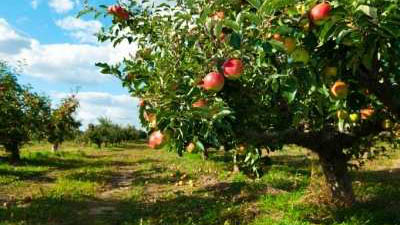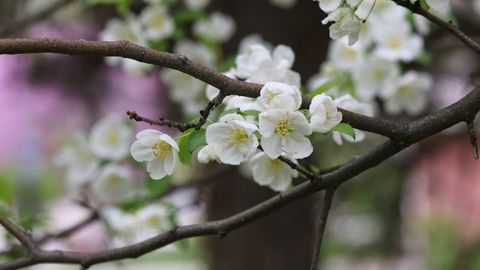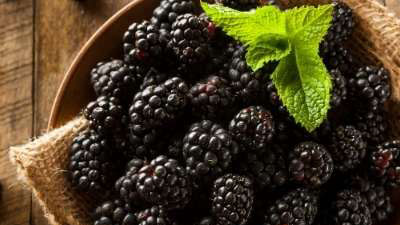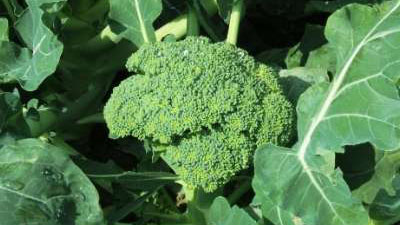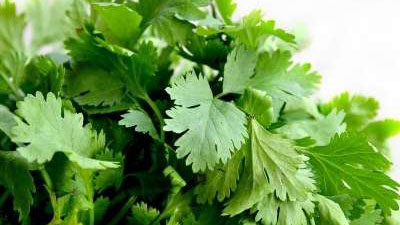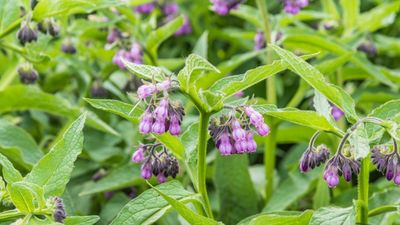How to Grow Celery in Your Garden
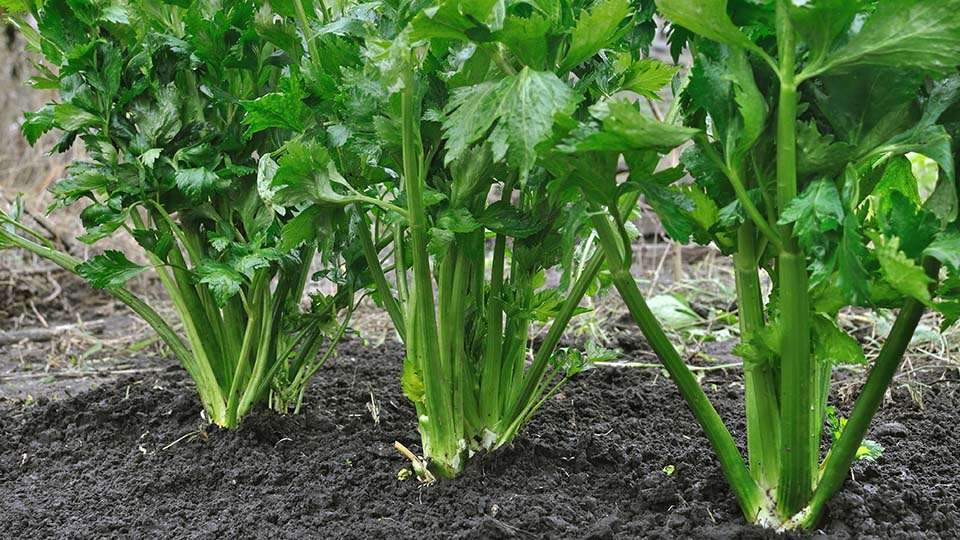
Celery grows to a height of 18 to 24 inches and is composed of leaf topped stalks arranged in a cone that are joined at a common base. The stalks have a crunchy texture and a delicate, but mildly salty taste. It is a biennial vegetable that belongs to the Umbelliferae family whose other members include carrots, fennel, parsley and dill. While many people associate celery with its prized stalks, the leaves and roots can also be used as a food or seasoning as well as a natural medicine.
Recommended Celery Varieties
Utah and Pascal are two varieties that remain green when ready for eating and are considered to be the finest quality.
How to Grow Celery
Soils
Celery prefers fertile, well drained, organic sandy soils with lots of organic matter for best growth. Most Utah soils will grow celery with proper site preparation.
Soil Preparation
Celery has a small root system and is a poor nutrient forager, so there needs to be a good supply of nutrients in the soil. Before planting, determine fertilizer needs with a soil test and then follow the recommendations given with the test report. If fertilizer applications are warranted, work the fertilizer into the top 6 inches of soil. If you fertilize with compost, apply no more than 1 inch of well-composted organic matter per 100 square feet of garden area. Use a complete fertilizer with a high ratio of potassium (4-4-8).
Plants
Celery is generally transplanted. Transplants should have 3-4 mature leaves and a well-established root system, before they are planted in the garden. In areas with very long growing seasons, seed may be planted directly in the garden and later transplanted at the appropriate spacing.
Planting and Spacing
Celery is started from seed planted around February 1st and then transplant to April or early May depending on your area. Space the rows 2 feet apart and the plants 12 inches apart in the row. A tight planting helps force tall growth and long petioles.
Mulches
Black plastic mulch warms the soil, conserves soil water and helps control weeds. Plastic mulches allow earlier planting which is necessary for a crop such as celery. You can also mulch with compost to control weeds and help retain moisture.
Row Covers
Hot caps, plastic tunnels and fabric covers will protect young transplants from frost and cooler temperatures. Row covers also stimulate early growth and bigger plants. Celery is very susceptible to early and late season frosts so some protection is advisable.
Water
Good watering is essential to successful celery production. Celery needs at least 1 to 2 inches of water from rainfall or irrigation each week during the growing season. Always soak the soil thoroughly when watering because celery has a small, shallow root system. Any water stress during the year causes the stalks to become stringy and gives them a strong flavor. Celery is crisper and tenderer if watered regularly especially prior to harvesting. One of the most efficient ways to water celery is to use drip irrigation.
Fertilization
In addition to the fertilizer used at planting, celery responds to additional fertilizer to produce optimum yields. Side dress with nitrogen at ¼ cup (21-0-0) per 10 feet of row at 4 and 8 weeks after transplanting.
Problems with Growing Celery
Weeds
Due to celery’s slow growth and small root system, it does not compete well with weeds. Frequent, shallow cultivation will control weeds and keep the soil surface loose. The roots of the celery are very close to the surface, so do not cultivate too deeply. Organic mulches will keep weed growth in check and help retain soil moisture.
Insects and Diseases
| Insects | Identification | Control |
|---|---|---|
| Aphids | Green or black soft-bodied insects that feed on underside of leaves. Leaves become crinkled and curled. | Use insecticidal soaps, appropriate insecticides, or strong water stream to dislodge insects. |
| Diseases | Identification | Control |
|---|---|---|
| Powdery Mildew | White fungal patches start on older leaves which will eventually die. The disease eventually spreads to all plant parts. | Plant resistant varieties. Use appropriate fungicides for control and water so the leaves have time to dry during the day. |
| Black Heart | Black discoloration of leaves in the center of the plant. Affected tissue eventually dies. Injury occurs gradually and is not visible until later in the season. This nutrient imbalance is a localize deficiency of calcium which is essential for cell development. | Control black heart applying calcium rich fertilizers to the soil. Use bone meal, blood meal, or calcium sprays. Avoiding water stress is a good way to minimize this problem. |
Harvest and Storage
Harvest celery stalks by removal of the outer petioles when they are a foot or more in length. Whole plants are ready to use when they are 3 inches or more in diameter. The inner stalks are the most tender and taste the best uncooked. Celery harvested in hot, dry weather may be tough, stringy, and bitter. Store harvested celery in the refrigerator for up to 2 weeks.
Celery Plant Productivity
Plant 5-10 celery plants per person for fresh and storage purposes.
Celery Nutrition
Celery has no calories and is a source of important vitamins and minerals. Celery has been reported to reduce blood pressure, support the immune system, lower cholesterol, and help prevent cancer.
Frequently Asked Questions
My celery has a black spot in the center of the plant, what is it?
This is called blackheart. Refer to the disease section above for treatment.
What temperatures are best for celery?
The minimum temperature for celery is 36ºF, but if exposed to cool temperatures for several weeks the plants will flower. The ideal temperature is 55-65ºF. When temperatures go above 85ºF, water the plants more frequently to minimize stress and fiber development.
Why doesn’t my celery seed germinate uniformly?
Celery germinates better if you soak the seeds in water and change the water every day. The seed contains natural germination inhibitors that soaking helps leach away.
Published April 2020
Utah State University Extension
Peer-reviewed fact sheet
Download PDF
Authors
Brandon West and Dan Drost
Related Research


